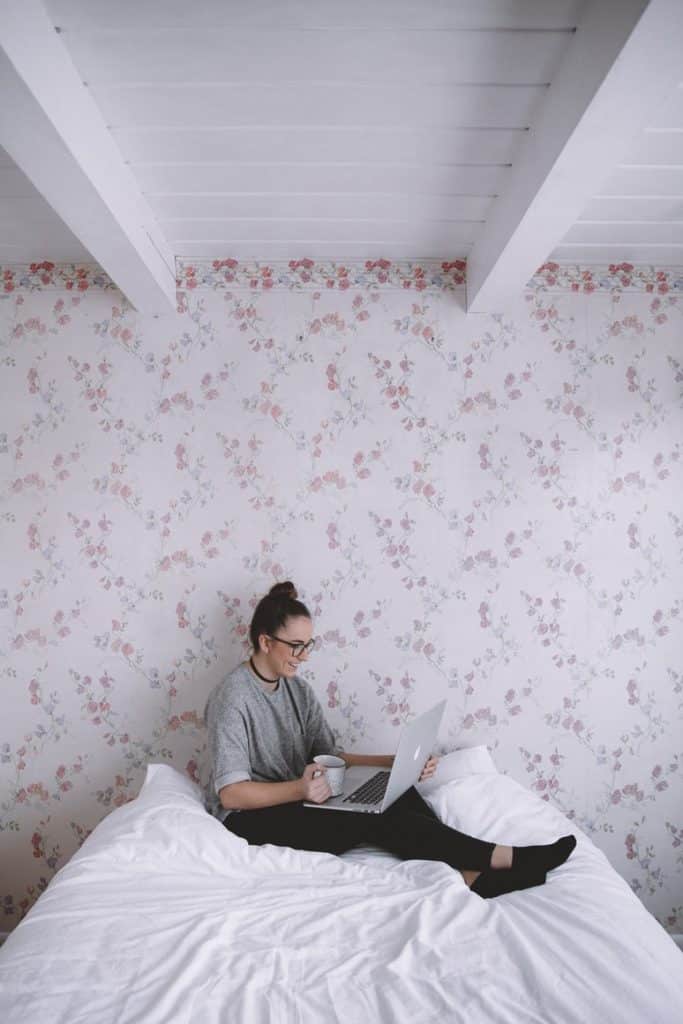Telehealth is an alternative form of mental health care, in which services, such as counselling, are offered remotely as opposed to in- person. When counselling is done through telehealth, individuals can connect with their therapist by phone or through the use of a secure video-conferencing service.
As you might have guessed, telehealth has picked up speed in the past few years, mostly because of COVID. When it was too risky to continue meeting in person, telehealth showed up as a helpful alternative, and thank goodness it did! It allowed therapy to continue during a time of great uncertainty and concern, and continues to be there as we ride out all of the variants and changing restrictions.
Not only is telehealth resilient in these trying times, but it also provides many other benefits, including its level of convenience. Let’s face it – our world is fast-paced. Between work, hobbies, and social commitments, it’s often difficult to find time to squeeze in another appointment, especially when transportation time is involved. Luckily, accessing telehealth from home reduces many of the time barriers involved with regularly attending therapy.
Another bonus is that you can access online therapy from virtually anywhere, as long as you are within the province or state in which your therapist is registered. This means you can chat with your therapist from the comfort of your home, a hotel room, work… wherever! This flexibility also allows you to arrange counselling appointments to fit your schedule, without having to make huge adjustments. You can attend therapy sessions while on your lunch break at work, during your child’s nap time, while on vacation, etc. It truly is magical!
There is also research that supports the idea of learning in-vivo, which is a fancy way of saying “learning skills in the same setting in which you would actually use them.” For example, say you want to work on mindfulness in session with your therapist. While it might be helpful to learn such a skill in your therapist’s office, there are significant benefits to learning it at home, in the setting in which you are hopeful to continue applying it. This is because you have now associated that skill with the space you are in. Your mind takes note of visual cues within your space at home that help to remind you to practice. By learning the skill at home, you also become aware of real-life barriers. Often your therapist’s office is designed to block out background noise, and to be ultra comfy; but at home we might not have the same conditions. This allows you to explore what works and what doesn’t, and to make any adjustments necessary to support your practice.
So, what happens if technology fails? This article simply wouldn’t be complete if I didn’t point out some of the less desirable sides of telehealth. As much as we may try to avoid it, there will undoubtedly be times when our wifi cuts out, or is super slow, resulting in our cameras freezing and us having to repeat some of our thoughts and ideas… talk about annoying! Luckily, we have some flexibility in how we want to handle these types of setbacks. Most of the time, they are short-lived and work themselves out; however, in the rare case your internet connection leaves you hanging, we can pivot to a different modality, such as a phone call and your session can continue unscathed.
Now, if you’re like me at this point, you might be thinking “this is all well and good, but what does research say about the success of telehealth compared to in-person counselling?” Research has indicated that telehealth is equally as effective as in-person therapy. This means that you can get the same benefit out of both services, so it really comes down to a matter of preference.
To make sure your telehealth journey is a smooth one, I encourage you to make sure you have access to the following before your first session:
1) a computer with a webcam,
2) a secure and stable wifi network,
3) a quiet and private space (if you live with a partner or children, it can sometimes be helpful to attend sessions while they are out of the house, or place a speaker outside of the door with some white noise sounds playing),
4) headphones, and,
5) a notebook, paper, & a pen (so we can draw diagrams together, you can take notes or write down reflections, etc.)
Ready to give telehealth a try? Book your first session with me here!

